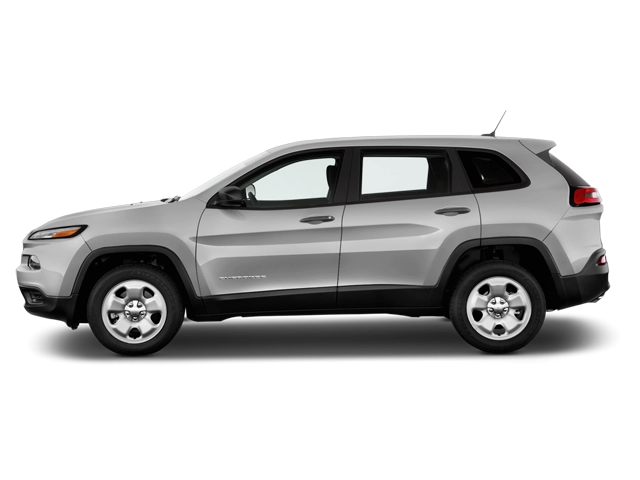2014 Jeep Cherokee Owner's Manual

Table of Contents
2014 Jeep Cherokee Overview
Introduction
The 2014 Jeep Cherokee emerges as a versatile and stylish mid-size SUV that reinvigorates the brand's iconic ruggedness with a modern twist. Blending a robust off-road capability with everyday usability, the Cherokee is designed to cater to adventure seekers and urban dwellers alike. Its sleek exterior design marries aerodynamic lines with a muscular stance, making it a compelling vehicle for all terrains.
Powertrains
The Cherokee offers a choice of two advanced powertrains. The base engine is a 2.4-liter four-cylinder that churns out 184 horsepower, providing a balanced combination of efficiency and performance. For those seeking more power, the optional 3.2-liter V6 engine delivers 271 horsepower, enhancing towing capacity and on-road dynamics. Both engines are paired with a nine-speed automatic transmission that contributes to smooth gear transitions and improved fuel economy, making it suitable for both city commutes and weekend escapes.
Trims
The 2014 Jeep Cherokee is available in four well-equipped trim levels: Sport, Latitude, Limited, and Trailhawk. Each trim is designed to meet varying needs, from the budget-friendly Sport to the luxurious Limited, offering features such as leather upholstery, advanced infotainment systems, and premium audio options. The Trailhawk trim amplifies off-road capability with features like all-terrain tires and enhanced suspension, ensuring that adventurers can tackle rugged landscapes with confidence.
Features
Standard features include a touch-screen infotainment system with smartphone integration, and a rearview camera ensuring convenience and safety. Higher trims provide additional luxuries such as navigation, a panoramic sunroof, and advanced safety technologies like blind-spot monitoring and adaptive cruise control. The spacious interior can comfortably seat up to five passengers, complemented by ample cargo space, making it perfect for both daily tasks and longer road trips.
Owner's Manual
The 2014 Jeep Cherokee owner's manual serves as a comprehensive guide for new owners, providing essential information regarding vehicle operation, maintenance, and troubleshooting. Detailed instructions assist in understanding vehicle features, safety guidelines, and care routines, ensuring that Cherokee owners can maximize their vehicle's performance and longevity. With this manual in hand, drivers can confidently embark on any journey, equipped with the knowledge to enhance their driving experience.
User manual download
The Jeep Cherokee owner manual for the 2014 model year is to be found in PDF downloadable format on this page. The owner manual for the model year 2014 is free and in English, but the repair manuals are usually not easy to get and may cost more.
Manual Questions
Fill the form below and someone will help you!

